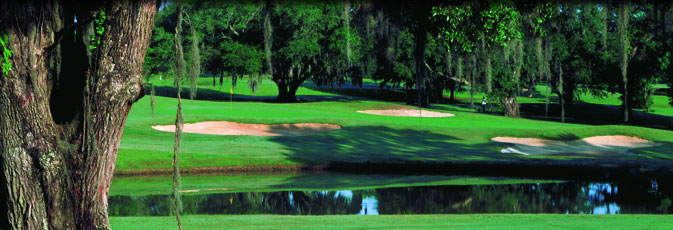 William W. Amick (a.ka. Bill Amick) is an a noted golf course design architect, born in the USA his passion for the golf started very early. As a teenager and already a low handicap golfer, Bill always dreamed of becoming a golf course architect. He earned a BA degree and was a Graduate Assistant under a USGA Green Section Scholarship. After his graduating and as an Air Force officer he supervised the maintenance and operation of a base golf course. Back to civil life he then gained experience in formal golf course design as an assistant to golf course architects in Indianapolis and Atlanta.
William W. Amick (a.ka. Bill Amick) is an a noted golf course design architect, born in the USA his passion for the golf started very early. As a teenager and already a low handicap golfer, Bill always dreamed of becoming a golf course architect. He earned a BA degree and was a Graduate Assistant under a USGA Green Section Scholarship. After his graduating and as an Air Force officer he supervised the maintenance and operation of a base golf course. Back to civil life he then gained experience in formal golf course design as an assistant to golf course architects in Indianapolis and Atlanta.
In 1959 he realized his dream by opening his own design practice, the AmickGCA that tt is now the oldest golf course architectural office in Florida. In 1977, Bill was elected president of the American Society of Golf Course Architects. He has also recently been elected a Fellow in the ASGCA.
His courses attract a wide range of golfers, especially juniors, beginners of all ages, lesser-skilled golfers, shorter hitters and handicapped persons. Amick’s more than 75 courses in the United States and internationally also speak to the positive impact he has had on golf, and will continue having for generations to come. His list of representative courses includes Killearn Country Club, Tallahassee, Fla.; Halifax Plantation Golf Club, Ormond Beach, Fla.; and Gut Heckenhof Golf & Country Club, Eitorf, Germany.
While the majority of his projects are still of traditional length and par, Bill Amick feels certain that more and more new public golf courses should be smaller and less expensive to build in the future. This growing concept appeals to golf course developers even now because it reduces land requirements, construction costs, annual maintenance budgets, water usage and environmental impact concerns.
These smaller or “saving” courses are also appealing to many golfers who may not have the time or skills to play more demanding layouts. A saving course attracts a wide range of golfers including juniors, beginners of all ages, lesser-skilled golfers, shorter hitters and people with disabilities. Other strength of a design like this is that it can either serve as the primary course or be added to complement an existing layout. With these saving courses, both golfers and course operators see benefits from much lower costs and faster play.
embedded by Embedded Video
Related posts
Golf Architects/Designers: David Harman
on Friday 11, MarchDavid Harman was born in Bryan (Ohio, USA) in a rural town in the...
Golf Architects/Designers: Kenneth J. Moddie
on Monday 26, SeptemberBorn in Scotland, in 1965, Ken Moddie studied at Heriot-Watt University in Edinburgh and...
Golf Architects/Designers: Marco Croze
on Monday 31, OctoberMarco Croze is considered Italy’s most diligent golf architect and one of the best...
